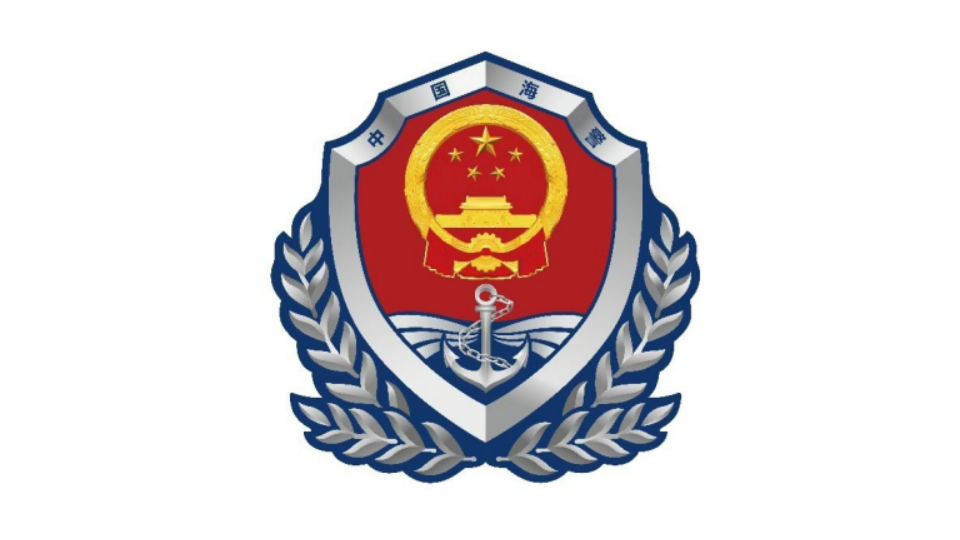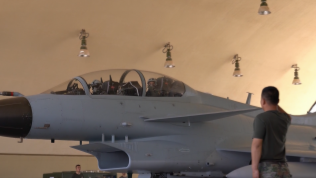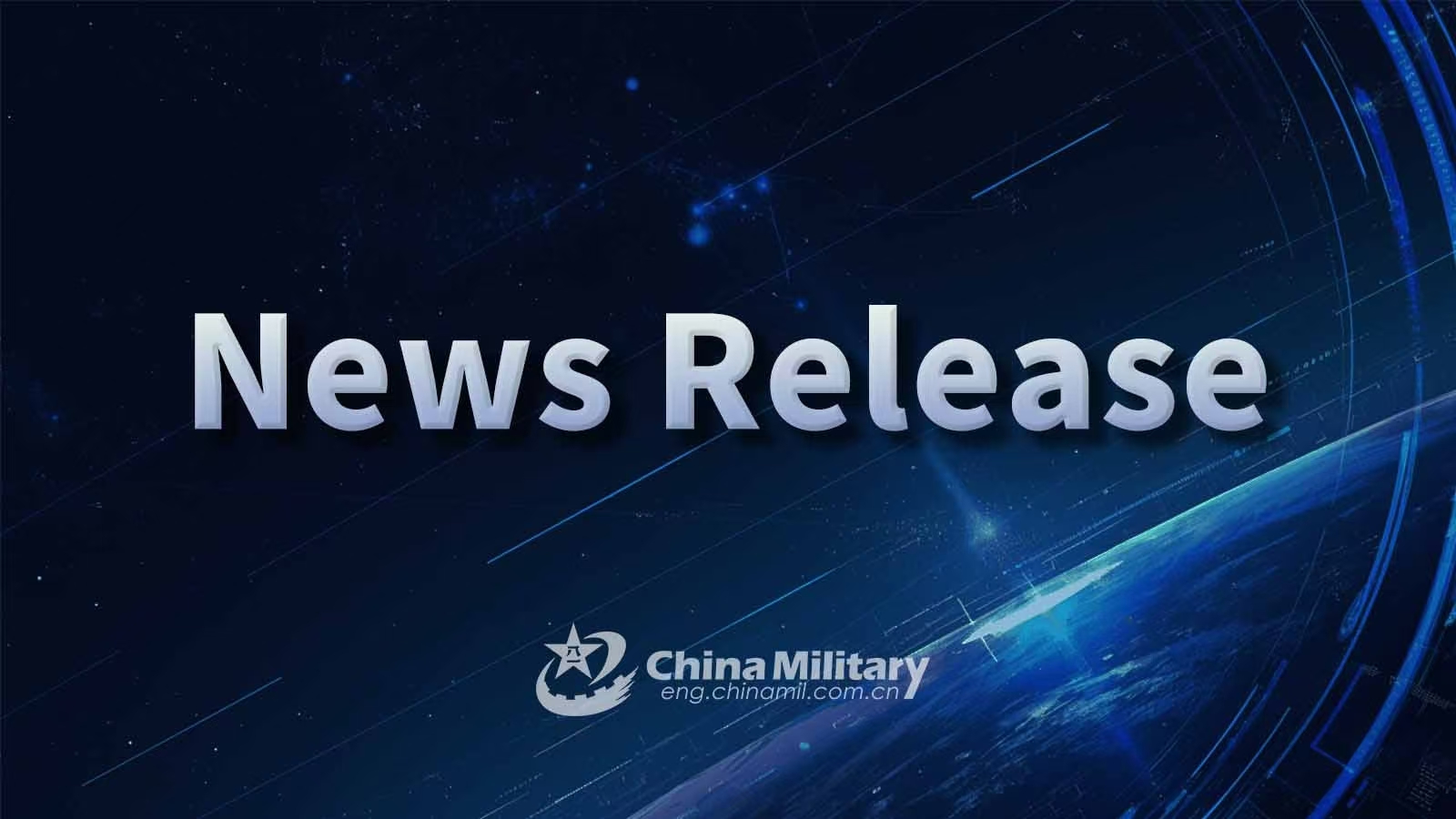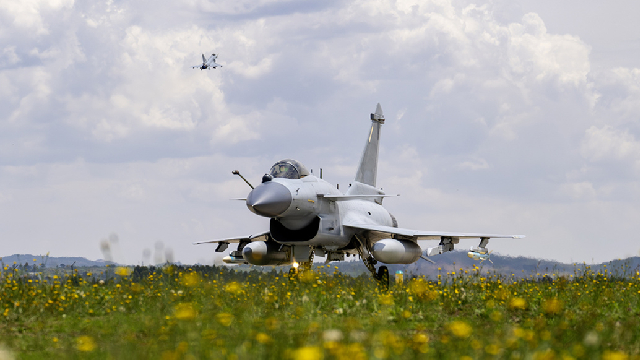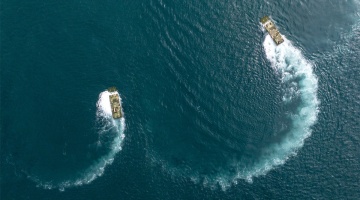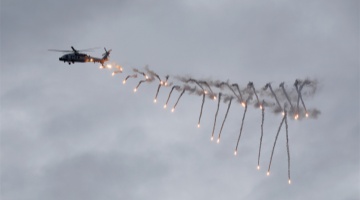By Peng Nian
China and Cambodia on May 17 inaugurated their seventh "Golden Dragon" joint military exercise, centered on joint counter-terrorism and humanitarian assistance and disaster relief (HADR) operations, with over 2,000 personnel participating. Since its inception in 2016, the China-Cambodia "Golden Dragon" joint military exercise has evolved into a cornerstone of normalized bilateral military exchanges and a tangible symbol of China-Cambodian friendship. What distinguishes this year's iteration is the inaugural utilization of the China-Cambodia Joint Logistics and Training Center at the Ream Naval Base for exercise support.
Situated along the Gulf of Thailand, 1,000 kilometers from the Strait of Malacca, and less than 1,000 kilometers from China's Nansha Qundao, Port Ream occupies a position of considerable strategic significance. Since China's involvement in developing the Ream Naval Base, Washington has persistently hyped up narratives in this respect. For example, it said that Beijing is constructing an overseas military base at Ream. Against this backdrop, Cambodian Prime Minister Hun Manet unequivocally declared that there has nothing to hide in Ream, announcing that the facility would welcome all friendly nations for joint exercises and humanitarian cooperation. In a notable gesture of transparency, Phnom Penh invited US Chargé d'Affaires Bridgette L. Walker to attend the China-Cambodia Joint Logistics and Training Center's commissioning ceremony. For the current joint exercise between China and Cambodia, Cambodia extended invitations to military attachés from nations including the US, Russia, France, and Germany to observe—a clear demonstration of openness that effectively dismantles Washington's fabricated claim that Ream exists exclusively for Chinese use.
In recent years, military exercises between China and ASEAN nations have become increasingly commonplace, with defense cooperation entering a phase of progressive deepening. Prior to the China-Cambodia exercise, China had already conducted maritime drills with Singapore and Thailand. This pattern reveals not only the mutual desire of China and ASEAN countries for enhanced military exchange but also reflects their collective commitment to regional stability and peace. By contrast, the recently concluded US-Philippines Balikatan exercises were characterized by scenarios with distinctly offensive overtones and record-breaking force deployments. Such provocative demonstrations—effectively "acting first and fabricating the rationale afterward"—serve only to exacerbate regional security tensions and undermine regional peace and stability. The region would be better served by fewer such displays.
In essence, Washington should remove its colored lenses when viewing military cooperation between China and ASEAN countries. Unlike US-led exercises, China-ASEAN military drills predominantly focus on practical maritime cooperation in less sensitive domains, such as counter-terrorism and maritime search-and-rescue operations. Far from aggravating regional security situations or triggering arms races, these exercises foster military trust between China and its ASEAN partners, address non-traditional security challenges in the region, and contribute positively to regional peace and stability. From this perspective, exercises that strengthen bilateral and multilateral relationships while enhancing the governance capabilities of participating countries merit encouragement rather than suspicion. The US should engage in self-reflection and cease misconstruing China's military cooperation with neighboring countries as "military expansionism," redirecting its attention and effort toward initiatives that genuinely advance regional peace, stability, and development.
(The author is a researcher and doctoral supervisor at the Center for Regions and Countries Studies at the South China University of Technology.)
Editor's Note: Originally published on huanqiu.com, this article is translated from Chinese into English and edited by the China Military Online. The information and opinions in this article do not necessarily reflect the views of eng.chinamil.com.cn.





